Disclosure: This article contains affiliate links. We may earn a commission from purchases at no extra cost to you, which helps our travel content.
When most travelers think of Argentina, Buenos Aires steals the spotlight with its tango-filled streets and European flair. But 300 kilometers northwest lies Rosario, a city that captured my heart during an impromptu weekend getaway last spring. As someone who's spent 15 years navigating the vibrant chaos of Rio, I found something immediately familiar yet refreshingly different about Rosario's riverside energy. This birthplace of revolutionary Che Guevara and football legend Lionel Messi offers a perfect blend of historical significance and modern Argentine life without the tourist crowds. After three days of wandering its tree-lined boulevards, chatting with locals over mate, and discovering hidden culinary gems, I'm convinced this overlooked city deserves a prime spot on any solo traveler's Argentine itinerary.
First Impressions: Rosario's Riverside Soul
Landing in Rosario on a crisp September morning felt like stepping into a secret the international travel community hasn't quite discovered yet. The taxi driver who took me from the modest airport to my hotel spoke with the distinct musical cadence of Rosarinos—a dialect that carries hints of the Italian immigration that shaped this port city.
Unlike Buenos Aires with its frenetic pace, Rosario immediately struck me as a city comfortable in its own skin. The wide Paraná River—which Argentines will proudly tell you is second only to the Amazon in South America—defines everything here. My first afternoon, I wandered down to the riverside promenade, where locals were already setting up their mate circles, those distinctive social gatherings centered around sharing yerba mate tea.
The riverfront transformation is remarkable—abandoned grain silos and industrial structures have been cleverly repurposed into museums, cultural centers, and restaurants. The most impressive is the Parque de España complex, with its striking brick architecture reflecting both Argentina's Spanish heritage and modern urban planning. As the afternoon sun cast a golden glow across the river, I pulled out my travel journal and sketched the scene while listening to a local musician playing guitar nearby. Some travel moments imprint themselves immediately in your memory—this was one of them.

💡 Pro Tips
- Start your exploration at the Monumento a la Bandera for orientation and spectacular river views
- The riverside is most lively on weekend afternoons when locals gather for mate and conversation
- Rosario's microclimate can change quickly—pack layers even on seemingly perfect days
Navigating Rosario's Historic Center
Rosario's compact historic center makes it ideal for exploration on foot, especially for solo travelers who want to absorb the city's rhythm at their own pace. I started at Plaza 25 de Mayo, the city's historic heart where the Argentine flag was first raised in 1812—a fact every local will share with unmistakable pride.
What struck me immediately was how the architecture tells the story of Rosario's evolution. Unlike Buenos Aires with its conscious emulation of Paris, Rosario's buildings reflect its organic growth from river port to Argentina's third-largest city. Art Nouveau facades sit comfortably alongside brutalist 1960s structures and colonial-era churches.
The Palacio de los Leones (City Hall) with its impressive French-inspired design deserves at least 30 minutes of your time. When I visited, a municipal worker noticed my interest in the ceiling murals and spontaneously offered a mini-tour, pointing out details I would have missed entirely.
For efficient navigation, I relied heavily on my offline maps app since many of Rosario's most interesting streets don't appear in standard tourist guides. This allowed me to discover gems like Pasaje Monroe, a pedestrian alley filled with bookstores and vintage shops that felt like stepping back in time.
Being from Rio, I'm always cautious in new cities, but Rosario's centro histórico felt remarkably safe for solo exploration, even when I lost track of time photographing architectural details until dusk fell. That said, keep valuables secure and maintain the same street awareness you would in any urban environment.

💡 Pro Tips
- Visit the Cathedral Basilica early in the day when the light streams through its stained glass windows
- Many historic buildings have public courtyards not visible from the street—don't hesitate to peek inside open doorways
- The free walking tours that depart from Plaza 25 de Mayo at 10am provide excellent historical context
Culinary Discoveries: Beyond Beef and Malbec
As someone who's spent years documenting culinary traditions across Brazil, I approached Rosario with a hungry curiosity. While Argentina's reputation for beef is well-deserved, Rosario offers a more nuanced food scene that reflects its position as a river port with strong Italian influences.
My first revelation came at Mercado del Patio, a renovated market where traditional vendors mix with innovative food stalls. Here, I discovered that Rosarinos take their empanadas seriously—with subtle differences from versions I've tried elsewhere. The river fish empanadas at Puesto 24 were a particular standout, with a delicate balance of herbs I immediately wanted to recreate in my own kitchen.
For those seeking to understand local food culture, I recommend the unassuming Restaurante El Cairo on Calle San Martín. This historic café hasn't changed much since the 1940s when it served as a meeting place for intellectuals and artists. The waiters—most seemingly as old as the establishment itself—move unhurriedly between tables while reciting the day's specials with poetic flair.
One evening, I struck up a conversation with a local family at the next table who insisted I try picada rosarina—a generous board of regional cheeses, cured meats, and pickled vegetables that pairs perfectly with local craft beers. This led to an impromptu culinary education as they explained the Italian-influenced food traditions that distinguish Rosario from other Argentine cities.
For coffee enthusiasts, Rosario has embraced third-wave coffee culture with surprising enthusiasm. Café Martinez near Plaza Sarmiento serves exceptional cortados in an atmosphere that encourages lingering—I spent one rainy afternoon there updating my travel journal and chatting with the barista about the city's evolving food scene.
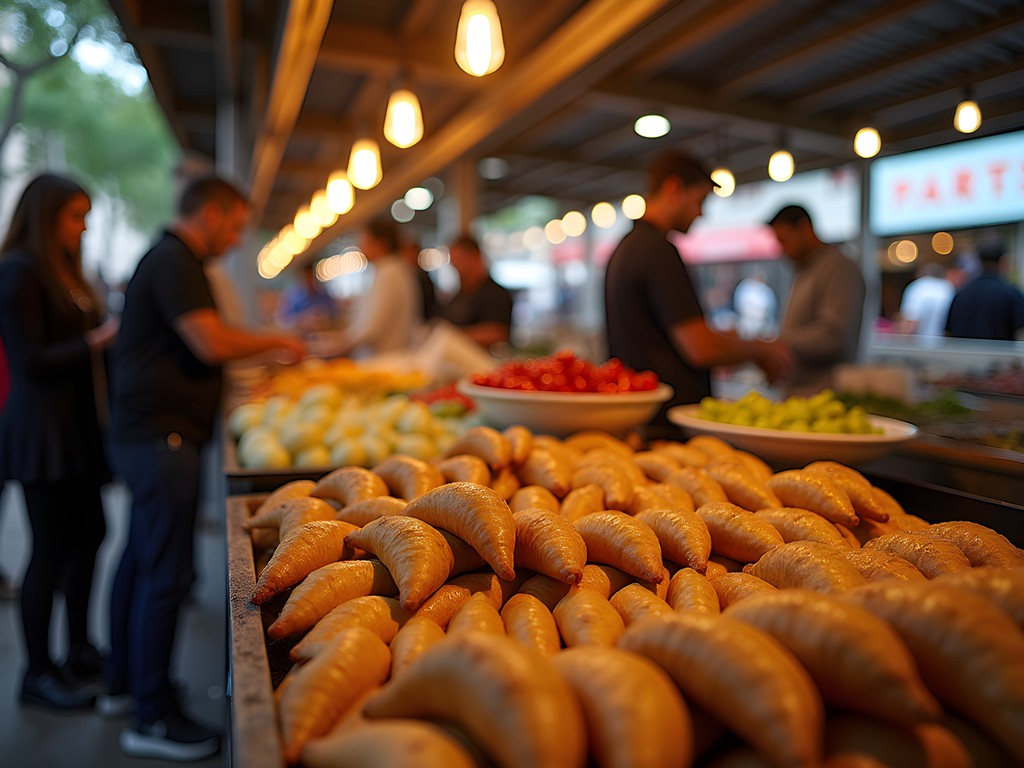
💡 Pro Tips
- Ask for 'media porción' (half portion) when dining solo—portions tend to be enormous
- Sunday asados (barbecues) along the riverside parks are open to all—bring your own mate cup and you'll likely be welcomed
- The best ice cream in town is at Touche de Creme—try the regional flavors like dulce de leche with walnuts
Cultural Encounters: Art, Music, and Rosario After Dark
Rosario's reputation as Argentina's cultural rebel is well-earned. This is a city that prides itself on artistic independence and innovation, something I discovered during an evening wandering through the Pichincha district. Once the city's red-light zone, this neighborhood has transformed into a bohemian enclave where street art covers nearly every available surface.
The MACRO (Museum of Contemporary Art) housed in a repurposed grain silo on the riverfront showcases works from Argentine artists you won't find in Buenos Aires galleries. When I visited, an exhibition exploring the connection between the Paraná River and local identity was particularly moving—the curator noticed my interest and spent twenty minutes explaining how the river shapes not just commerce but the psychological landscape of Rosarinos.
As night falls, Rosario reveals another layer of its personality. Unlike the carefully choreographed tango shows of Buenos Aires, music here feels more spontaneous and diverse. At La Chamuyera, a small bar on Calle Sarmiento, I witnessed an impromptu folk music session where musicians seemed to materialize from neighboring tables, instruments in hand.
For capturing these vibrant night scenes, my compact camera proved invaluable—its low-light performance allowed me to document these authentic cultural moments without disrupting them with flash photography.
One of my most memorable encounters happened at El Círculo, Rosario's opulent theater built in 1904. I'd planned just to photograph the Belle Époque façade but discovered they offer backstage tours on weekday afternoons. The guide, learning I was from Brazil, shared fascinating stories about Brazilian performers who had graced the stage over the decades, creating an unexpected connection to my adopted home.
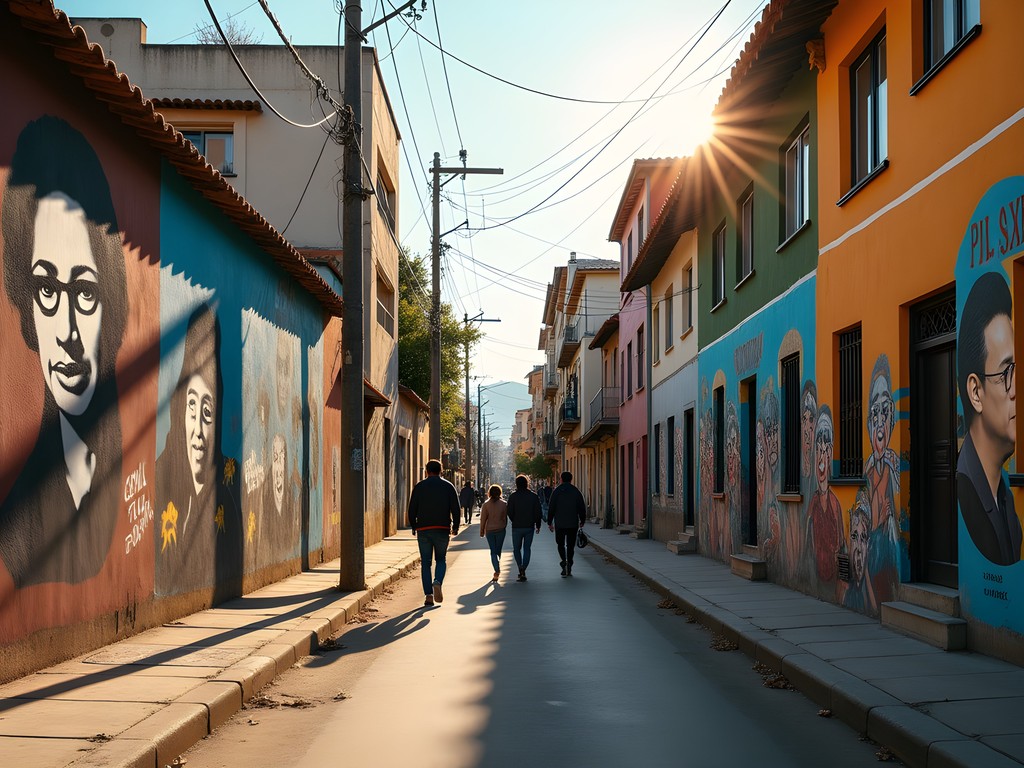
💡 Pro Tips
- Check the bulletin boards at local cafés for underground art events not listed in tourist information
- Many museums are free on Wednesday afternoons
- For authentic local music without the tourist markup, follow the university students to bars in the Pichincha district
Day Trips: Island Adventures on the Paraná Delta
While Rosario itself deserves your full attention, the city's proximity to the Paraná River Delta offers a perfect counterpoint to urban exploration. On my final day, I booked a boat trip to the islands directly across from the city—an experience that revealed yet another dimension of local life.
The delta is a maze of islands, wetlands, and channels where time seems to slow down considerably. Just 15 minutes from downtown by boat, you'll find yourself in a world where river cabins stand on stilts and locals navigate the waterways like streets. For this excursion, I was glad I'd packed my waterproof daypack to protect my camera gear during the occasionally splashy boat ride.
Most boat tours depart from the Estación Fluvial near the center, but I opted for a smaller operation recommended by my hotel concierge. This turned out to be an excellent decision, as our captain Gabriel was a third-generation islander who knew every hidden channel and wildlife spotting opportunity.
We stopped at Isla El Espinillo, where a small community maintains traditional fishing practices and operates a handful of simple but excellent restaurants serving freshwater fish. At Doña Clara's open-air eatery, I enjoyed the best dorado fish I've ever tasted, prepared with nothing more than lemon, herbs from her garden, and a lifetime of cooking wisdom.
The contrast between Rosario's urban energy and the tranquil rhythm of delta life just minutes away perfectly encapsulates what makes this region special. As someone who's lived in Rio's constant intensity for years, I found these quiet waterways offered a welcome reset—a reminder that sometimes the best travel experiences happen when we temporarily step away from our planned itinerary.
If you have time for just one excursion outside the city center, make it this one. The perspective of seeing Rosario's skyline from the water as the sun sets behind it provides a fitting conclusion to understanding this riverside city's unique character.
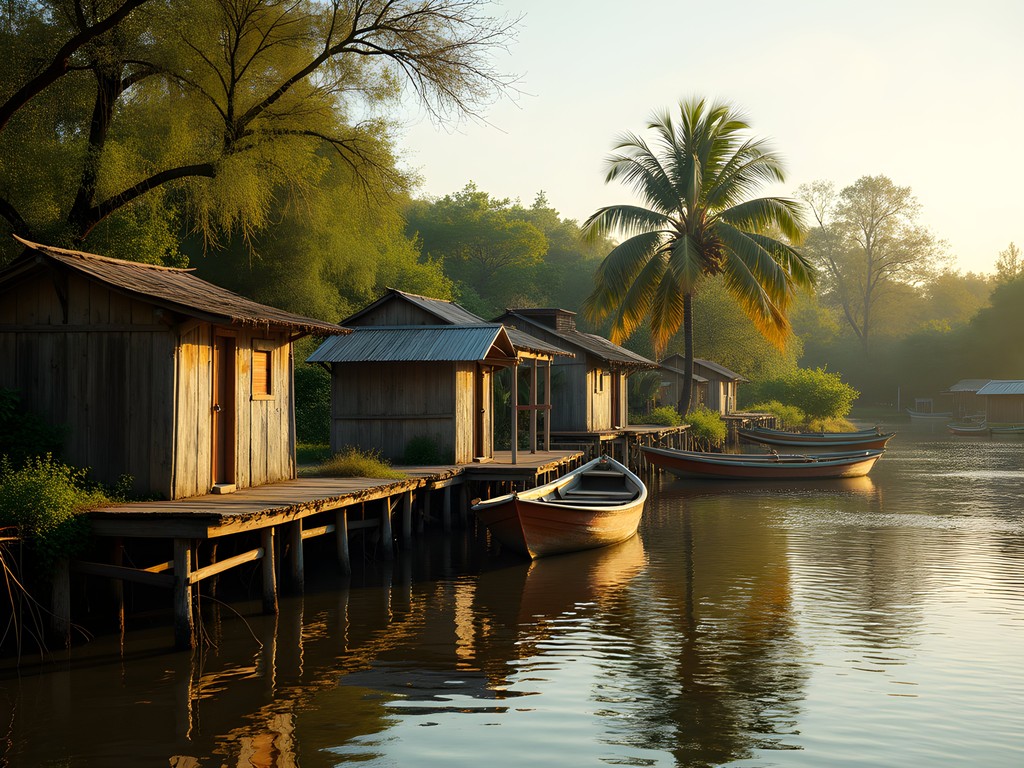
💡 Pro Tips
- Book boat trips in the morning when the delta wildlife is most active
- Bring cash for island restaurants as card payments aren't accepted
- Pack insect repellent during spring and summer months—the mosquitoes can be formidable
Final Thoughts
As my weekend in Rosario came to an end, I found myself already planning a return visit. This unpretentious city offers a perfect introduction to Argentine culture beyond the well-trodden tourist paths of Buenos Aires and Patagonia. What makes Rosario special isn't any single monument or attraction, but rather the authentic rhythm of daily life that visitors are welcomed into with surprising openness. For solo travelers especially, the city strikes that perfect balance between providing enough to discover and being small enough to navigate comfortably. Whether you're sipping coffee in a historic café, discussing politics with locals along the riverside promenade, or exploring the islands just beyond the city limits, Rosario offers the kind of genuine cultural immersion that increasingly rare in our era of overtourism. As we say in Brazil, às vezes o melhor está mais perto do que imaginamos—sometimes the best is closer than we imagine.
✨ Key Takeaways
- Rosario offers authentic Argentine culture without the tourist crowds of Buenos Aires
- The riverside promenade transformation showcases impressive urban renewal worth exploring
- Food culture reflects unique river port traditions with strong Italian influences
- The Paraná Delta islands provide an easy nature escape just minutes from downtown
📋 Practical Information
Best Time to Visit
Spring (September-November) or Fall (March-May)
Budget Estimate
$50-75 USD per day including mid-range accommodations
Recommended Duration
2-3 days
Difficulty Level
Easy
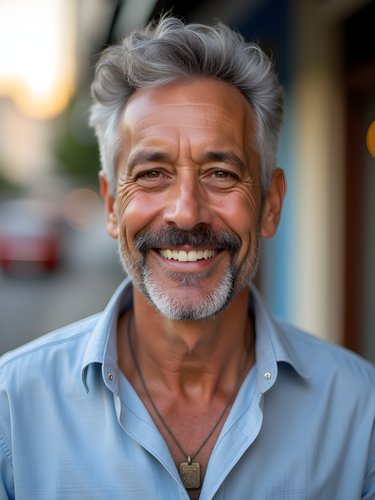

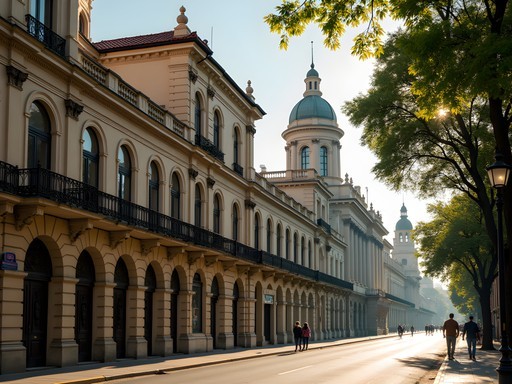

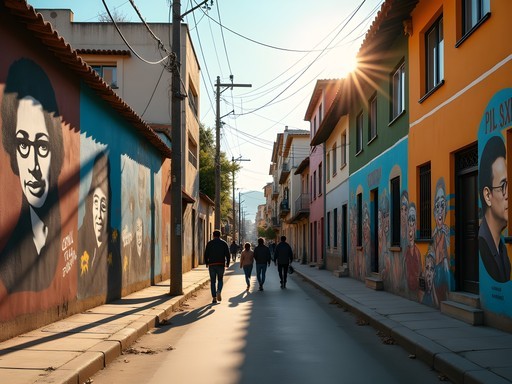








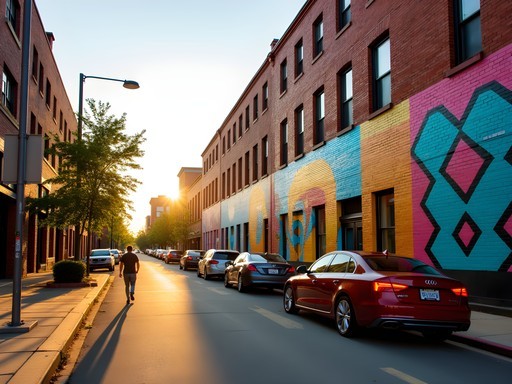
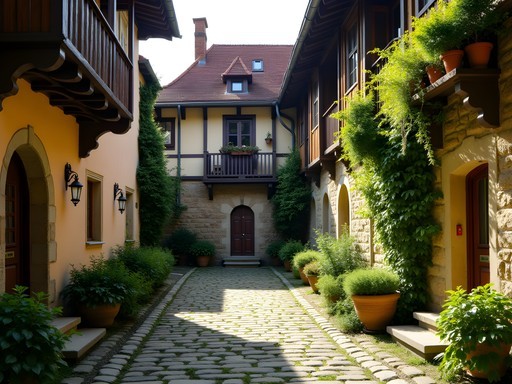
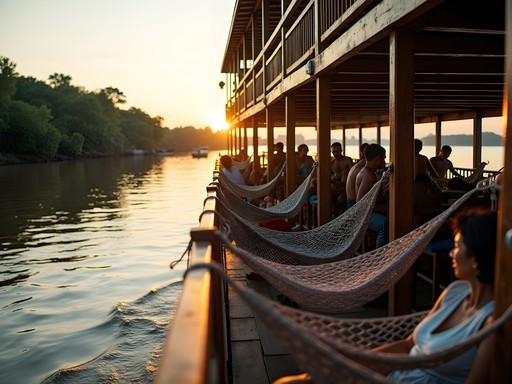
Comments
mountainexplorer
Those street food recommendations sound amazing! Planning to visit in November - is that a good time weather-wise? Also, how many days would you recommend staying in Rosario?
islandone
November is perfect! Spring weather, not too hot yet. I'd say 3 days minimum to really experience it without rushing.
mountainexplorer
Thanks! 3 days sounds doable. So excited to see those riverside parks Tyler mentioned!
Ahmed Palmer
Excellent write-up on Rosario, Tyler. I visited last year during my three-month exploration of Argentina's secondary cities, and your observations about its unpretentious charm are spot on. The riverside promenade (Costanera) was my daily ritual - watching locals share mate while the sunset painted the Paraná River was pure magic. I'd add that the Museo de Arte Contemporáneo de Rosario (MACRo) in that converted grain silo is worth a dedicated visit - the juxtaposition of industrial architecture and cutting-edge art perfectly encapsulates Rosario's identity. Did you happen to catch any live music at El Cairo? That historic café hosts some remarkable jazz and folklore performances.
mountainexplorer
Ahmed - is Rosario safe for solo female travelers? Planning my first Argentina trip and considering adding it to my itinerary!
Ahmed Palmer
Absolutely! I found Rosario quite safe, particularly the central areas and riverside districts. Standard precautions apply as with any city, but the locals were incredibly helpful. I'd recommend staying near Oroño Boulevard or the Microcentro for convenience. The Lonely Planet Argentina has a good section on Rosario safety tips.
islandone
Finally someone giving Rosario the spotlight it deserves! Been telling friends about this gem for years.
Ahmed Palmer
Couldn't agree more. Buenos Aires gets all the attention while Rosario offers such an authentic experience. Did you get to visit the Monumento a la Bandera when you were there?
islandone
Yes! The flag monument was incredible. The view from the top is worth the climb. Did you try the river fish dishes? So different from the typical Argentine asado.
explorephotographer988
Love the photos! What camera did you use for those night shots of the riverfront?
Tyler Gutierrez
Thanks! Just used my phone actually - Google Pixel with night mode. The riverfront is so well-lit that it makes for easy night photography!
Claire Hawkins
We just returned from Argentina with our kids (8 and 11) and included Rosario on our itinerary because of this post - THANK YOU! It was the unexpected highlight of our trip. The kids absolutely loved the Children's Park (Parque de los Niños) along the riverfront, and the science museum kept them engaged for hours. What surprised me most was how family-friendly the restaurants were. Everyone welcomed our children with open arms, and many places had special menus for them. The free walking tour (starts at Plaza 25 de Mayo at 11am) was excellent and our guide adapted it perfectly to keep the kids interested with stories about pirates on the Paraná river. Tyler, your tip about trying the local ice cream was spot on - we went to Touche three times!
tripseeker
Love that sunset pic by the river! Added to my bucket list!
freeguide
Rosario looks way cooler than I expected! Those riverside photos are stunning!
summerblogger8844
Just got back from Argentina and spent 3 days in Rosario after reading this post! You were so right about the food scene - those riverside parrillas are AMAZING and way less expensive than BA. We did that street art tour you mentioned and our guide Martín was incredible, showed us all these political murals with stories I would've never understood otherwise. The craft beer scene was surprisingly good too! Pichincha neighborhood on Friday night was super lively. Thx for putting this city on our radar!!!
happyhero
Those food pics have me DROOLING! That river fish dish looks amazing!
Taylor Moreau
Excellent coverage of Rosario, Tyler. I visited on a business trip last quarter and was equally impressed. For anyone planning a visit, I'd recommend staying in the Pichincha district - it's undergone significant revitalization and offers excellent boutique accommodations. The city's business community is quite welcoming to international visitors. I found the Rosario City Guide invaluable for navigating the city efficiently between meetings. The public transportation system is remarkably well-organized compared to many South American cities I've visited.
Venture X
Premium card with 2X miles, $300 travel credit, Priority Pass